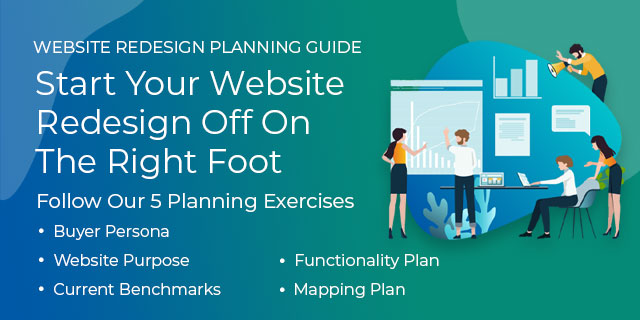It is incredibly important to develop buyer personas to make sure your website and marketing efforts are targeting the right people. Let’s dive into buyer personas, customer avatars, and the strategy of creating a character to better understand just how your target audience is behaving – and what changes may be a good idea for your site. We’re going to begin with the basics.
What is a Buyer Persona?
This is a largely fictional character that a brand creates based on what they know about their target audience and the leads they want to pursue. This character is typically broken down by demographics, habits, wants, needs, and generally what they are looking for in both a business and a buying experience. It’s often thought of as an “ideal” buyer, although that it doesn’t need to represent the perfect customer – simply a very accurate look at how buyers with great potential will behave.
The persona should also list things that the buyer type doesn’t like: They may not like frequent ad spam, or shopping early in the morning, or needing to visit multiple stores to buy everything they need. These dislikes can be as important to creating a great buyer experience as what your buyers prefer.
Is a Buyer Persona Different from a Customer Avatar?
Not really. The term has several different versions, include buyer persona, customer avatar, marketing persona, and so on. Your brand can use whatever terms feels most comfortable.
How to Create a Buyer Persona
Step 1: Know Your Target Audience.
This step must come before any of the others. Understand your entire target audience – who you want to sell to – and the rest of the process will be easy. Remember, it’s common for a brand to have several different target audience segments, or types of people it would like to sell to, so having details on each segment, and how they differ, is also vital.
Some brands may quickly realize they need to learn more about their target audiences to find out exactly how and why they buy. Fortunately, there’s a lot of information at hand to help. Studying web traffic and creating web tools specifically to gather insights about leads is one option. Brands can also review their past interactions with customers, the sort of requests they frequently receive, and even send out surveys to gather specific details they are interested in knowing.
Step 2: Put the Details into a Character.
Now it’s time to slip into your customer’s perspective and build up a character that represents your target audience. Is your buyer persona a male, blue collar worker, 40 to 60 years old, who prefers to shop from a desktop computer and is interested is finding a solution fast? Is it a 20 something female who aspires to be a trendsetter, shops from their phone at lunch, and primarily uses Instagram? Fill in as many details as possible about where the persona lives, how they act through the day, what makes them think of making a purchase, how they prefer to browse and pay, who they would tell about your brand…and more.
This can feel a little overwhelming at first. Experienced agencies like Blue Atlas can help during the process, and we’ve put together a website redesign planning guide, which includes the buyer persona/customer avatar worksheet to help you create the perfect client profile and understand who you really need to target. Platforms like Hootsuite also offer buyer persona templates and examples that can be a great starting place. Some brands prefer to keep personas highly theoretical, other like to have some fun and assign them a name, face, cutout, and office presence – it depends on what approach works best for your team.
Step 3: Repeat as Needed.
As we mentioned, it’s common for brands to have very different types of people across their target audience, which means more than one buyer persona may be a good idea. You can create as many as you need to, but it’s important to keep the analysis focused on just a few key groups (otherwise, it becomes hard to make decisions effectively).
Using Your Buyer Persona on Your Website
With buyer personas ready, a brand can start using them to make a variety of decisions about their website and what they should offer. These decisions include things like:
- What product discounts and new offers to provide
- What web design style, images, and colors are most likely to appeal to target audiences
- What sort of payment options to provide
- What kind of ads to use for your website, and where and when to place them
- How to best guide new leads to landing and product pages
- The best direct language to appeal to leads
- How to encourage repeating purchases
- How to offer online customer service and representation
- How previous strategies are working based on what you’ve learned – a.k.a., how effective your buyer persona changes have been
Create and/or Refresh Your Buyer Personas
If your brand doesn’t have a set of buyer personas to work with yet, create some! Blue Atlas Marketing is happy to help if you have any questions or want more effective ways of gathering information about your customers, etc. Also remember, it’s important to update your buyer personas over time as things change: If you created personas several years ago, your target audience may have changed the way they shop and interact with websites, so it’s a good idea to plan a simple refresh!
When planning a website redesign, it is always recommended to review your buyer personas, as they will drive your website and marketing efforts by helping you understand the details of who you’re targeting.
Want to dig even deeper? Our in-depth exercises can get you started on planning your website redesign. This guide will help you establish the purpose for your website and ensure it helps support your customer service and sales staff.






